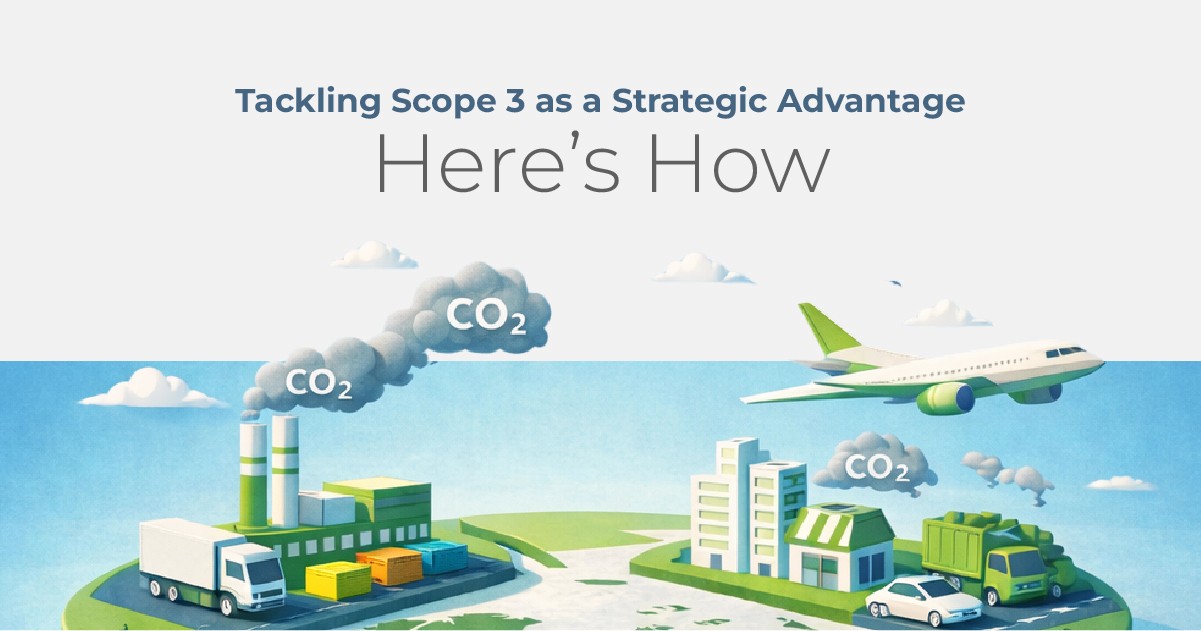India is currently one of the fastest growing economies in the world, home to almost one-sixth of humanity. Its growth momentum is an integral part of global development and is essential to meeting the world’s sustainable development goals. A number of challenges confront India’s development agenda including that of climate change. India’s contribution to global warming is minimal. Nevertheless, India is committed to combating climate change, by making development choices that ensure growth and development of the economy along low carbon pathways towards net-zero by 2070.
According to the World Bank, more than 95 countries have announced net-zero targets, and international regulations are rapidly aligning around low-carbon trade standards.
A striking example is the European Union’s Carbon Border Adjustment Mechanism (CBAM), which imposes tariffs on carbon-intensive imports like steel, aluminum, cement, and fertilizers. This mechanism alone is expected to affect nearly $8 billion worth of Indian exports annually if compliance gaps remain.
For India, a nation aspiring to expand its manufacturing and export footprint under Make in India and Atmanirbhar Bharat, this represents both a risk and an opportunity. Our future competitiveness in global trade will not be determined by cost and quality alone, but increasingly by our ability to track, reduce, and report carbon emissions. In other words, India’s exports must evolve from being price-driven to being planet-positive.
India’s Opportunity: From Compliance to Competitiveness
The rules of global trade are shifting. Advanced markets like the EU, UK, and even the US are no longer looking only at price tags, they are scrutinizing the carbon footprint of imports. The European Union’s CBAM is the clearest signal yet: industries such as steel, aluminum, textiles, fertilizers, and chemicals all vital for India’s export basket are now under direct compliance pressure.
Carbon Costs Could Hit 40% of India’s EU Exports

For Indian businesses, this is not a distant challenge; it’s a present reality. According to industry estimates, nearly 40% of India’s exports to Europe fall in sectors flagged as carbon-intensive. That means billions of dollars in potential exposure if companies fail to adapt.
In this new paradigm, “carbon is the new tariff.” (currency)
Firms that proactively measure, disclose, and cut emissions will not only avoid penalties but also gain preferential access to climate-conscious buyers. Compliance is no longer just about avoiding costs, it’s a competitive advantage.
While compliance is often seen as a burden, for India it can be a springboard. The country already has natural advantages that position it well to lead in low-carbon exports.
Renewable energy leadership: India is now the world’s fourth-largest in installed renewable energy capacity, with ambitious targets for solar, wind, and green hydrogen. This provides a clean energy backbone for industries looking to decarbonize.
Cost-effective digital talent: With one of the strongest technology talent pools globally, India is uniquely placed to develop digital compliance and carbon-tracking systems at scale—tools that are increasingly demanded by regulators and global buyers.
Young, adaptive industries: Unlike mature industrial economies locked into legacy systems, India’s relatively young industrial base can adapt faster to low-carbon technologies and greener supply chains.
If these strengths are strategically aligned with global climate regulations and market incentives, India has the chance to rebrand itself not just as the “factory of the world,” but as the world’s hub for low-carbon manufacturing.
Challenges for India: Closing the Compliance Gap
Despite its natural advantages, India faces serious hurdles in becoming a low-carbon export leader:
4 Big Hurdles on India’s Path to Green Trade

High dependence on coal: Over 70% of India’s power generation still comes from coal, making it difficult for exporters to claim low-carbon credentials unless energy sourcing shifts dramatically.
Fragmented compliance systems: Many SMEs—who form the backbone of India’s exports—lack the capacity to measure, report, and verify (MRV) their carbon footprints in a way that meets global standards.
Cost pressures: Decarbonization technologies—such as carbon capture, green hydrogen, and electrified manufacturing—remain expensive, and industries fear losing price competitiveness if costs are passed on.
Policy uncertainty: While India has strong renewable ambitions, clear carbon pricing mechanisms and uniform compliance frameworks are still evolving, leaving exporters unsure about future obligations.
Unless these bottlenecks are addressed, India risks being penalized in global markets under mechanisms like the EU CBAM, undermining its competitiveness despite having the right potential.
The Roadmap: How India Can Lead the Low-Carbon Export Transition
Carbon Accounting at Scale
Develop a national carbon registry and push exporters to adopt globally recognized MRV (Measurement, Reporting, Verification) systems.
Encourage digital tools and blockchain-based tracking for transparent supply chains.
Decarbonizing Energy Supply
Fast-track the shift from coal to renewables and green hydrogen for energy-intensive industries.
Provide incentives for captive renewable power generation in export clusters.
Support for SMEs
Create subsidized compliance services and training programs for small and medium exporters who cannot afford sophisticated carbon audits.
Set up industry-led carbon advisory hubs in major export zones.
Carbon Pricing & Policy Alignment
Gradually introduce a domestic carbon market or carbon tax aligned with international benchmarks.
Ensure policies reduce uncertainty for exporters and help them plan long-term investments.
Green Branding for India
Position India globally as the hub for low-carbon manufacturing—similar to how it branded itself as the IT outsourcing capital.
Launch trade diplomacy efforts highlighting India’s renewable push, tech talent, and commitment to climate goals.
If implemented swiftly, this roadmap could transform climate compliance from a threat of penalties into a gateway for premium market access.
Smarter Compliance = Smarter Trade

India’s exporters don’t just need to “comply” — they need to comply smarter. That means building systems that reduce costs, unlock green finance, and win long-term credibility with global buyers.
India can lead if it:
Digitizes Carbon Accounting → Leverage blockchain and AI for real-time emission tracking and transparent reporting.
Creates Sector-Specific Compliance Roadmaps → Tailored strategies for steel, textiles, chemicals, and other carbon-heavy industries.
Builds Public–Private Partnerships → Combine government incentives with private sector innovation for faster adoption.
Expands Green Finance Access → Make clean tech investments viable for SMEs through easier credit, subsidies, and carbon-linked financing.
Invests in Capacity Building → Train exporters on CBAM, ESG reporting, and evolving sustainability standards.
Conclusion
India stands at a crossroads: adapt and lead, or resist and risk losing export share. With proactive compliance, our exporters can transform the EU’s CBAM and other emerging climate regulations from a challenge into a competitive advantage.
At Onlygood, we believe smarter compliance isn’t just about ticking boxes — it’s about building trust, unlocking new markets, and future-proofing India’s exports. From digitized carbon reporting to sector-specific roadmaps and capacity building, we empower businesses to compete globally with confidence.
The world is moving toward climate-conscious trade. The real question is: Will your business be ready to lead?
See how we can help you turn compliance into your next growth strategy.





